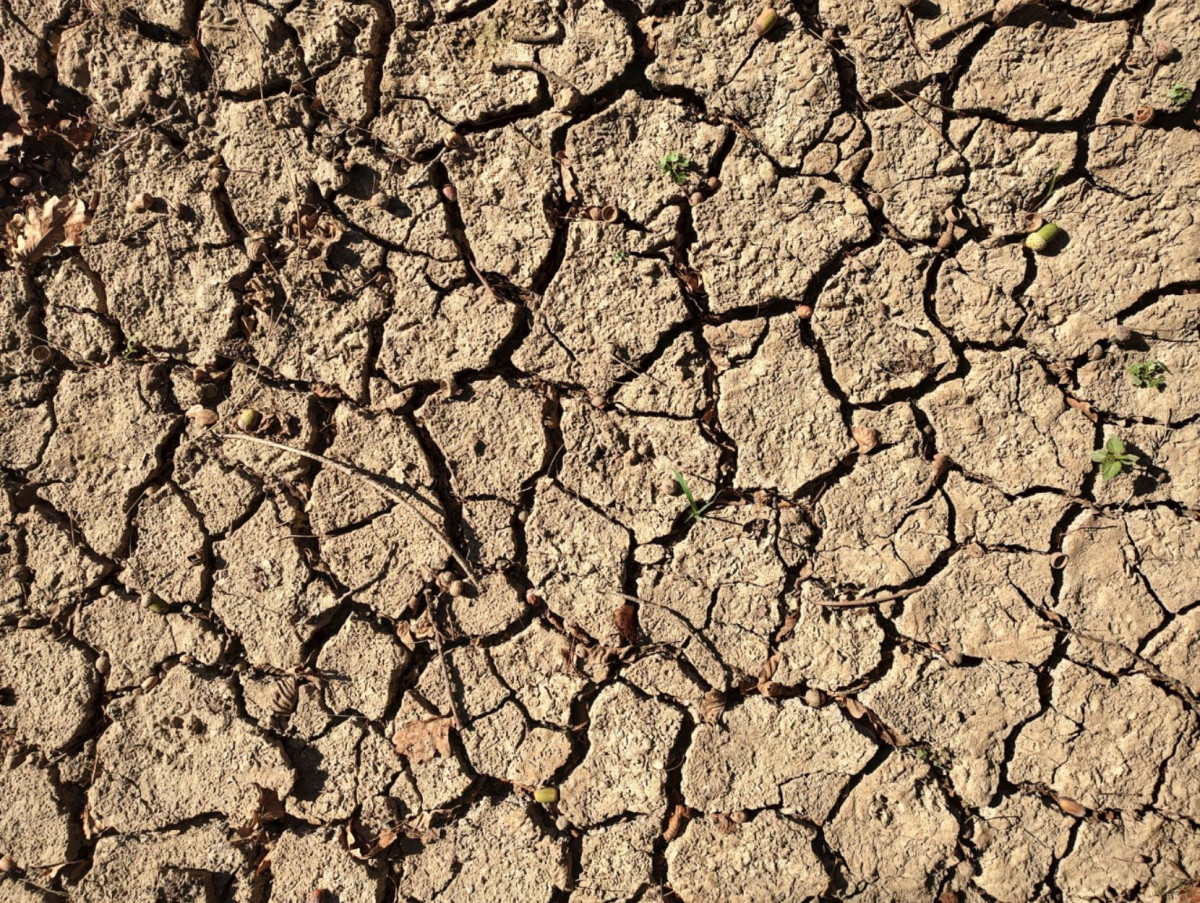Dispatch from Italy | October '25
*** Get a bird's-eye view of Italy’s climate-friendly transition in the CLEW Guide – Italy moves on green transition, but fossil fuel ties remain tight***
Stories to watch in the weeks ahead
-
Regional elections hit wind resistance - On 12 and 13 October, regional elections will be held in Tuscany, a traditionally progressive region now facing conflicts between energy transition projects and landscape preservation. In July, a group of fifty masked activists attacked a wind farm construction site, causing about one million euros in damage after years of tension. A group of university professors appealed to election candidates to restrict renewable projects to cities, away from rural areas to "reduce impacts on landscape, agriculture and local economies." Tuscany installs less than 200 megawatts (MW) of wind and solar per year, well below the government’s 700 MW target. The centre-left candidate and incumbent governor, Eugenio Giani, proposes tripling solar and boosting geothermal, but shows less support for wind energy. Centre-right candidate Alessandro Tomasi hasn’t put much focus on the energy transition and leans towards those prioritising landscape protection.
-
Slow communities - The deadline for energy community subsidy applications has been postponed to 30 November because applications fell short of available funds. Last year’s government decree extended eligibility to municipalities with up to 30,000 inhabitants, up from 5,000. The number of energy communities has grown from 168 to 600 in six months, but their impact remains limited: just 50 MW by June 2025, compared with the government goal of 1,730 MW by 2026. The main challenges are complex bureaucracy and low awareness of the scheme.
-
Green steel struggle - The future of the ILVA steel plant in Taranto is one of Italy’s most complex decarbonization challenges. After years of deindustrialization, excess deaths due to pollution, and legal battles, the government is seeking a buyer to begin the decarbonization process. The aim is to save the plant and associated jobs. Ten binding offers have been submitted, including one from Renexia, an Italian onshore and offshore wind company, proposing a revival with 5 billion euros in investments for electric furnaces and renewables to power them. The government must decide by the end of the year.
The latest from Italy – last month in recap
-
Closer to Washington (and its gas) - Italy reduced Russian gas imports to zero, ending a fifty-year energy relationship. The government signed a joint declaration on energy security with the United States, aiming to increase US LNG imports. The declaration does not include commercial agreements or precise volumes, but signals a trend. Energy company Edison recently finalised an agreement with Shell to purchase about 0.7 million tonnes of LNG per year from 2028 for fifteen years. Eni signed a 20-year LNG supply agreement with Venture Global in July for more than 2 million tonnes per year, starting at the end of the decade.
-
End of an oil era - The Azerbaijani oil & gas company Socar is finalizing the purchase of Api, one of Italy’s leading petroleum refining firms. The 2.5-billion-euro sale is at a very advanced stage but not yet finalised. Api started out as a small fuel depot in 1933 and became one of the country’s leading refiners. In 2005, Api acquired the IP service station network to become the second-largest national fuel distributor. The Api owners, the Brachetti Peretti family, were seen as Italy’s last oil dynasty, which is why the sale has been described as the end of an era.
-
Eni gets into batteries - State-owned oil & gas major Eni announced the productionof lithium iron phosphate (LiFePO4) batteries, primarily for stationary storage. The joint venture Eni Storage Systems will build a production hub in Brindisi in southern Puglia region with a planned capacity of 8 GWh per year. The development of battery recycling activities is also planned. Eni said it wants to capture more than 10 percent of the European stationary battery market.
Ferdinando’s picks - Highlights from upcoming events and top reads
-
Was the Italian ecobonus actually eco? An investigation by Il Fatto Quotidiano found that the eco-bonus incentives, originally designed to promote low-emission cars, were often granted to vehicles exceeding manufacturers’ declared CO2 emissions. It is an insightful read on how Italian politics struggles to steer the transition to electric mobility, revealing weak enforcement of EU targets and systemic barriers to decarbonising the automotive sector.
-
Decarbonization or deindustrialization? The new Energy Transition Report by the association Energia per l’Italia argues Italy’s emissions decrease stems more from deindustrialisation than policy-driven reductions. For example, the 2024 emissions reduction mainly reflects the crisis at the Taranto steel plant, for which the government is currently seeking a buyer (see above). According to the report, the last genuine structural decarbonization from planned measures occured between 2010 and 2012.


